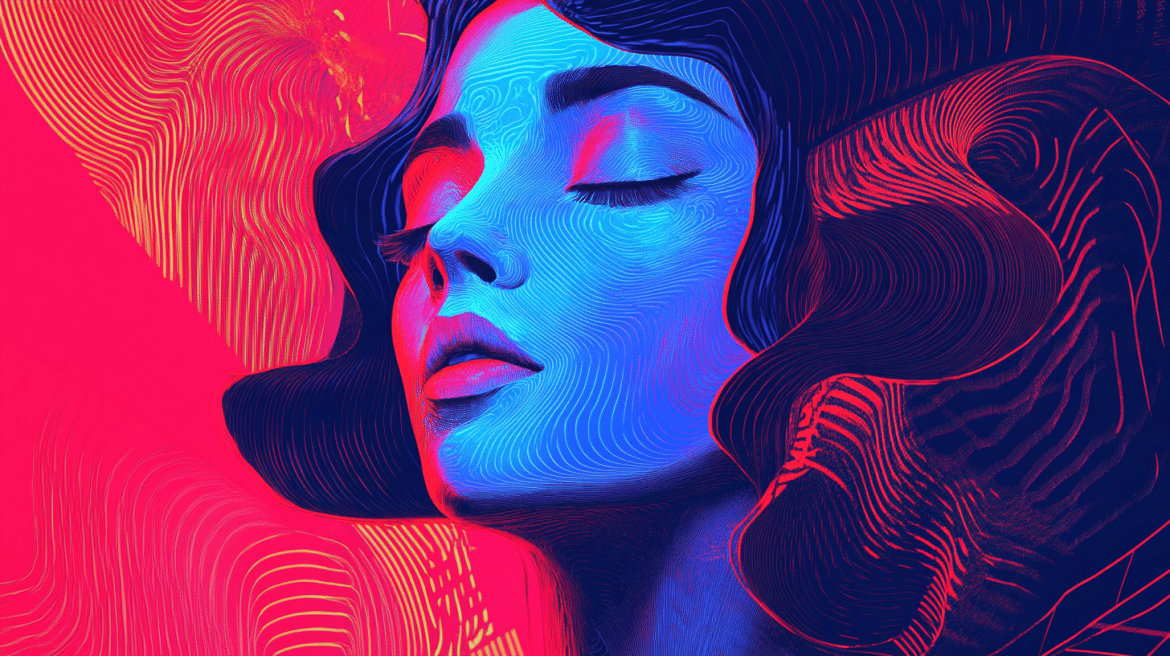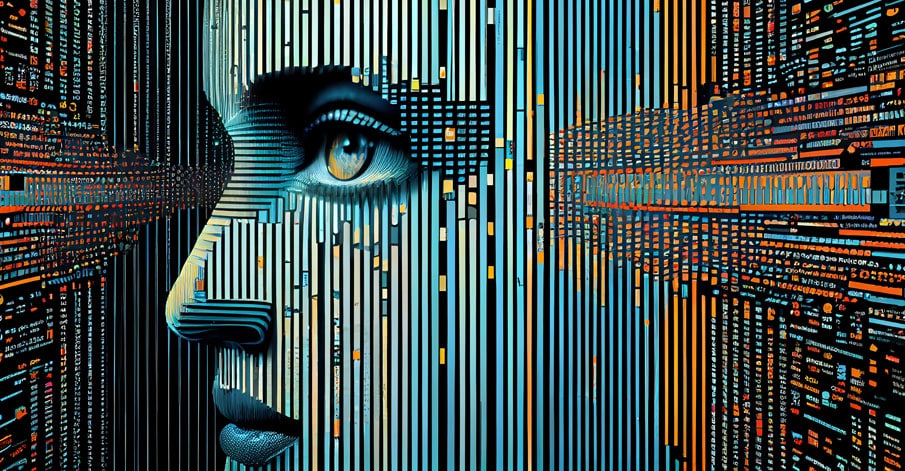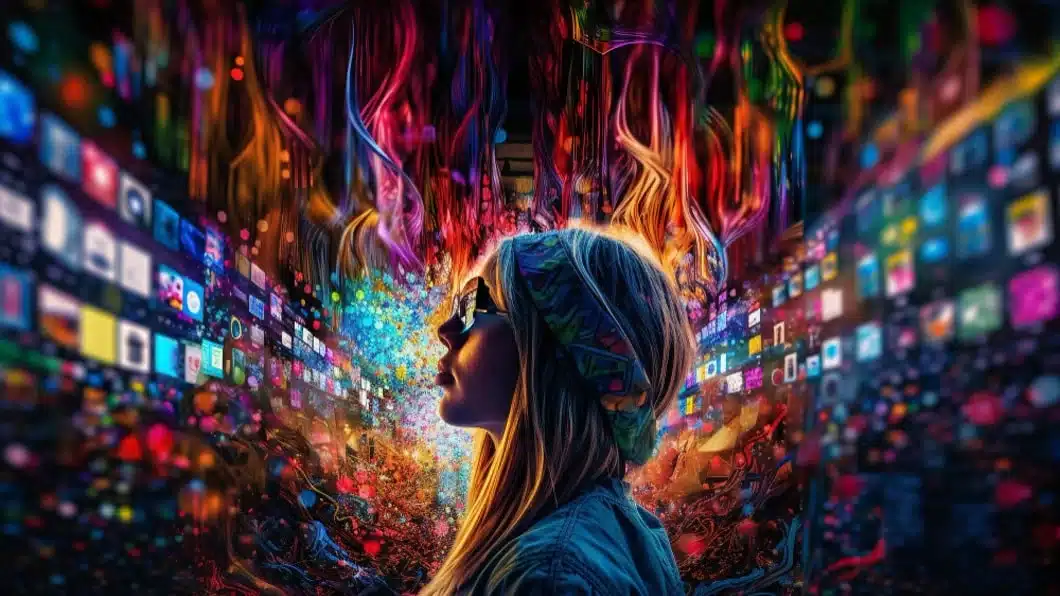With the advent of sophisticated tools and platforms, artists are now leveraging code to produce intricate digital illustrations that were once unimaginable. A significant development in this realm is the rise of AI image generators.
One key advancement is the AI Image Generator free no sign up, which has democratized the process of digital art creation, allowing anyone with an internet connection to experiment with generative algorithms.
The fusion of art and code is not just changing how we create but also what we create, leading to a new era of digital illustration.
The Evolution of Digital Illustration
Digital illustration has undergone a significant transformation over the past few decades. What started as a niche practice reserved for tech-savvy artists has now become a mainstream medium for creatives worldwide. Initially, digital art was heavily dependent on traditional drawing techniques adapted to digital tools like graphics tablets and styluses. However, as technology advanced, so did the tools and methods available to artists.
The introduction of software like Adobe Photoshop and Illustrator revolutionized the field by providing artists with powerful tools to create detailed and complex illustrations.
These programs allow for greater precision, layers of editing, and the ability to easily correct mistakes—something traditional mediums like paint and pencil could not offer. Yet, despite these advancements, the creative process remained largely manual, relying on the artist’s skill and imagination.
The next big leap in digital illustration came with integrating algorithms and artificial intelligence and creating tools based on them, such as Image Upscaler. This shift did not just enhance the tools available to artists; it fundamentally changed the nature of creation itself.
Understanding Generative Algorithms
Generative algorithms are a subset of artificial intelligence that are capable of producing new data from existing data. In the context of digital art, these algorithms analyze patterns, styles, and structures from vast datasets of images, and then use this information to generate new, unique illustrations.
The process involves training a model on a large dataset of images, which then enables the model to generate images that mimic the style and content of the original dataset.
One of the most well-known applications of generative algorithms in digital art is through Generative Adversarial Networks (GANs). GANs consist of two neural networks: the generator and the discriminator.
The generator creates new images, while the discriminator evaluates them against real images. Through this process of creation and evaluation, the generator’s ability to create images that are nearly impossible to distinguish from real ones continues to improve.
The Role of AI Image Generators
AI image generators, powered by generative algorithms, are transforming the landscape of digital illustration. These tools allow artists—and even non-artists—to create complex images with minimal input. By simply providing a few parameters or a prompt, users can generate a wide variety of images, from abstract patterns to realistic portraits.
One of the most significant advantages of AI image generators is their accessibility. Many platforms offer these tools for free, without requiring users to sign up.
This has lowered the barrier to entry for digital art, enabling more people to experiment with creative expression. Whether you are a seasoned artist looking to explore new techniques or a beginner interested in digital art, these AI tools provide a platform for limitless creativity.
For example, a user might input a simple text prompt like “a futuristic cityscape at sunset,” and the AI image generator would produce a range of images that match this description.
The results can be astonishingly detailed and creative, often surpassing what the user might have imagined. This ability to quickly generate high-quality illustrations has broad applications, from conceptual art to commercial design.
The Creative Potential of Generative Algorithms
Generative algorithms open up new possibilities for creativity that were previously inaccessible. Artists can now explore new styles and techniques without the limitations of traditional methods.
For instance, an artist might use a GAN to generate a series of images in the style of a famous painter, like Van Gogh or Picasso, but with modern or abstract twists. These algorithms can also combine different artistic styles to create something entirely new and unique.
Moreover, generative algorithms allow for the creation of art that evolves over time. Dynamic digital installations can be programmed to change in response to external stimuli, such as the time of day, weather, or user interaction. This form of art blurs the line between the creator and the creation, as the artwork itself becomes an evolving entity.
One notable example of generative art is “The Portrait of Edmond de Belamy,” a piece created by a GAN trained on a dataset of historical portraits. The resulting image is a haunting, abstract representation that challenges traditional notions of portraiture. The artwork was auctioned at Christie’s for $432,500, demonstrating the growing recognition and value of AI-generated art in the traditional art world.
The Ethical Considerations
While the intersection of art and code offers exciting new possibilities, it also raises important ethical questions. One concern is the potential for AI to replicate and appropriate existing art styles without proper attribution or compensation to the original artists.
As AI-generated art becomes more common, there is a risk that human artists could be devalued, particularly if AI tools are used to mass-produce artwork for commercial purposes.
Another ethical consideration is the potential for bias in AI-generated art. Since generative algorithms are trained on existing datasets, they can inadvertently perpetuate the biases present in those datasets.
For instance, if a dataset is skewed towards certain styles, subjects, or demographics, the AI-generated art may reflect and reinforce those biases. Incorporating psychometric testing into the development of these AI tools could help in identifying and mitigating such biases, ensuring a more equitable and fair creative process.
It is crucial for artists, developers, and users of AI tools to be mindful of these ethical issues and to seek ways to address them. This might involve creating more diverse and representative datasets, ensuring proper attribution and compensation for human artists, and being transparent about the role of AI in the creative process.
Conclusion
The fusion of art and code through generative algorithms represents a new frontier in digital illustration. AI image generators are democratizing the creative process, making it accessible to a broader audience and enabling new forms of artistic expression. As these tools continue to evolve, they will undoubtedly lead to even more innovative and unexpected creations.
However, as we embrace this new technology, it is essential to consider the ethical implications and ensure that the use of AI in art enhances rather than diminishes the value of human creativity. The intersection of art and code is not just about what we can create, but also about how we can create responsibly and inclusively in a rapidly changing digital landscape.



